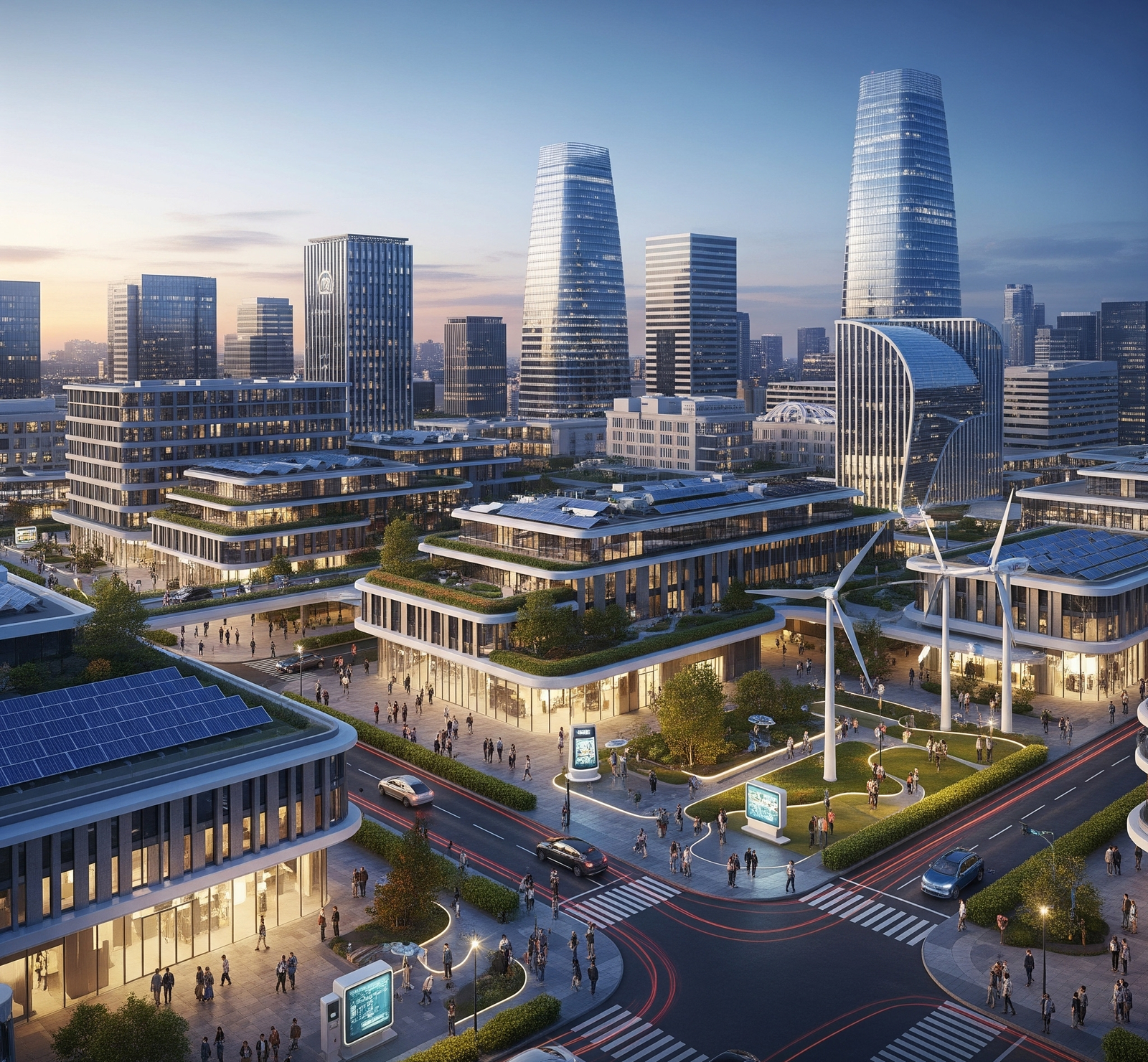The pulse of India is ever-evolving, with new trends emerging and capturing the nation’s attention at lightning speed. As we move into the later part of 2025, several key themes are gaining significant traction across various sectors, from technology and business to culture and social discourse. Staying informed about these trending topics in India can not only keep you in the loop but also offer valuable insights for content creators, marketers, and anyone keen on understanding the current zeitgeist.
In this post, we’ll dive into some of the hottest new trends resonating across India right now.
1. The Digital Backbone: IoT, AI, and Data-Driven Governance
At the heart of every smart city lies a sophisticated network of technology that gathers data and enables intelligent decision-making.
- IoT as the Urban Nervous System: Billions of interconnected devices, from smart streetlights and waste bins to air quality sensors, are collecting real-time data. This vast stream of information allows cities to optimize services, predict maintenance needs for infrastructure, and monitor environmental conditions with unprecedented accuracy.
- AI: The Brain of the City: Artificial Intelligence is now the decision engine, analyzing massive datasets to anticipate problems, optimize resource allocation (like water and electricity), and deliver personalized citizen services. Imagine AI-powered traffic management that reduces congestion in real-time or predictive maintenance for public utilities, minimizing disruptions.
- Data as New Infrastructure: Robust data platforms are turning raw data into actionable insights, helping urban planners make informed decisions for better city management. This is crucial for efficient resource allocation and service delivery.
2. Green & Resilient: A Focus on Environmental Sustainability
Sustainable development is a non-negotiable pillar of India’s urban future, addressing climate change and improving quality of life.
- Smart Grids and Renewable Energy Integration: Cities are increasingly adopting smart grids that optimize energy distribution and integrate renewable energy sources like rooftop solar. This reduces reliance on fossil fuels, lowers carbon footprints, and enhances energy efficiency.
- Advanced Waste and Water Management: Innovations in waste segregation, waste-to-energy plants, and smart water metering systems are becoming mainstream. Rainwater harvesting, greywater recycling, and efficient sewage treatment plants are key to ensuring water security and environmental health. This is vital for cities like Ichalkaranji, which are balancing industrial growth with environmental responsibility.
- Green Infrastructure: Beyond just parks, cities are incorporating urban forests, bioswales, and green building certifications to enhance biodiversity, improve air quality, and mitigate the urban heat island effect.
3. Citizen-Centric Services and Enhanced Livability
Ultimately, smart and sustainable cities are designed to improve the lives of their residents.
- Digital Governance & Engagement: Mobile apps and online portals are empowering citizens to access services, report issues, and participate in decision-making, fostering transparency and accountability.
- Smart Mobility Solutions: Intelligent Transportation Systems (ITS) are optimizing traffic flow, while the push for electric buses, metro expansions, and pedestrian-friendly infrastructure promotes sustainable and efficient commute options. Cities like Pune in Maharashtra are leading the way with smart bus systems and planned metro networks.
- Smart Healthcare & Safety: AI-powered surveillance, real-time emergency response systems, and connected healthcare platforms are enhancing public safety and making healthcare more accessible and responsive.
Government website https://smartcities.gov.in/
4. Digital Twins and Urban Planning’s New Frontier
Digital Twin technology is emerging as a game-changer in urban planning.
- Virtual City Replicas: Digital Twins create virtual models of entire cities, allowing planners to simulate and test the impact of new developments, optimize city services, and even predict disaster responses before they happen in the real world. This provides a risk-free environment for experimentation and optimization.
5. Tier 2 & Tier 3 Cities Leading the Charge
While major metros are transforming, the real story of India’s urban development in 2025 is the accelerating pace of change in Tier 2 and Tier 3 cities. Initiatives like the Smart Cities Mission are specifically targeting these urban centers, recognizing their potential as future growth engines.
From Ichalkaranji’s efforts in textile industrial clusters to Pune’s advanced urban solutions, cities across Maharashtra and India are demonstrating a commitment to creating resilient, inclusive, and technologically advanced environments.
Your Role in the Smart City Journey
Understanding these new trending topics in India for late 2025 can provide valuable perspectives:
- For Content Creators: Identify content gaps and create engaging material in relevant regional languages or focusing on sustainable practices, immersive experiences, or FinTech security.
- For Businesses: Recognize emerging market needs and adapt your products and services to align with conscious consumerism, digital transformation in vernacular markets, and the demand for secure digital solutions.
- For Individuals: Stay informed about technological advancements that can improve your daily life, from personalized financial tools to accessible healthcare options.


